A practical guide to understanding and investing in large-cap international ETFs—why they matter, how they work, and how to keep it simple.
Large-Cap International ETFs: The Easiest Way to Own the World
Large-cap international ETFs are a simple way to invest in the world’s biggest companies outside the U.S.—without picking individual stocks or tracking foreign markets. These funds hold global giants like Nestlé, Toyota, and ASML, giving you exposure to developed economies across Europe, Asia, and beyond. Why does that matter? Because no single country leads forever. Adding international ETFs to your portfolio helps reduce home bias, smooth out volatility, and tap into growth that doesn’t depend on the U.S. economy alone. Funds like VXUS, VEA, and IEFA offer broad, low-cost access to thousands of companies, making them ideal for long-term investors who want global diversification without the complexity.
Why Large-Cap International ETFs Still Belong in Your Portfolio in 2025
Large-cap international ETFs offer a way to balance the scales by giving investors access to global leaders like Nestlé, Toyota TM, and ASML ASML. These companies operate across continents and sectors, providing exposure to economies that don’t always move in sync with the U.S.
Adding international ETFs like VXUS or IEFA can help reduce reliance on a single market and open the door to long-term global growth.
In Capital Ideas by Capital Group, portfolio strategist Noriko Chen explains how Europe’s GRANOLAS—global leaders like Novo Nordisk NVO and L’Oréal—offer stability and pricing power. At 05:33 ⏱️, she notes, “These companies are built for resilience. They’re not chasing hype—they’re delivering results.”
Meanwhile, The Long View dives into the behavioral side of investing. At 08:12 ⏱️, the host reminds us, “Home bias is comforting, but it’s not always smart. Global diversification is how you stay in the game when the rules change.”
Sources:
Baillie Gifford – US vs International Debate
Morningstar – Best International Stock Funds
Accounting Insights – Understanding Home Bias
The Motley Fool – Top International ETFs
U.S. News – Best Foreign Large Blend ETFs
Top Large-Cap International ETFs to Know in 2025
If you want to invest globally without the hassle of picking individual stocks, large-cap international ETFs are your best friend. These funds hold hundreds—sometimes thousands—of companies based outside the U.S., giving you instant exposure to developed markets across Europe, Asia, and beyond.
Vanguard’s VXUS is a standout, offering total international exposure (developed and emerging markets) with over 8,000 holdings and a rock-bottom 0.07% expense ratio. VEA, another Vanguard fund, focuses strictly on developed markets like Japan, the UK, and Germany, excluding emerging economies for a more stable ride.
iShares Core MSCI EAFE ETF (IEFA) is another favorite, tracking large- and mid-cap stocks in Europe, Australasia, and the Far East. It’s cheaper and more diversified than its older sibling, EFA, which tracks the same index but with a higher expense ratio. Schwab’s SCHF is also worth a look—it offers broad developed-market exposure with a 0.06% expense ratio and a dividend yield near 2.8%.
In ETF Prime, host Nate Geraci explains at 09:03 ⏱️, “Investors are leaning into international ETFs not just for diversification, but for valuation. Many of these markets are cheaper than the U.S.” Meanwhile, The Long View dives into fund construction. At 07:58 ⏱️, the guest notes, “Cap-weighted funds reflect market reality, but equal-weighted options can give smaller players a chance to shine.”
Sources:
ETF Database – Foreign Large Cap Equities
Morningstar – Best International Stock Funds
FinanceCharts – SCHF vs. VEA Comparison
Forbes – VEU vs. VXUS Breakdown
Mutual Fund Nation – Vanguard International ETF Guide
How to Choose the Right Large-Cap International ETF Without Overthinking It
Start with how the fund is weighted. Cap-weighted ETFs give more influence to the biggest companies—think Nestlé or Toyota—while equal-weighted ETFs spread your investment evenly across all holdings. Cap-weighted funds tend to mirror the market’s natural structure, but equal-weighted funds can shine when smaller players outperform.
As U.S. News explains, “Equal-weighted funds give medium and smaller companies greater exposure,” which can help when markets broaden beyond the usual giants.
Next, consider the market type. Developed markets—like Japan, Germany, and the UK—offer stability, mature economies, and strong regulation. Emerging markets, such as India or Brazil, bring faster growth but higher volatility. Developed markets have “more advanced economies, better-developed infrastructure, and higher standards of living,” making them a solid foundation for long-term investors.
Finally, look at dividend yield, tax efficiency, and fund structure. ETFs are generally more tax-efficient than mutual funds due to their in-kind redemption process, which helps avoid capital gains distributions. Funds like SCHF and VEA offer competitive yields and low expense ratios, while also minimizing tax drag. If you’re investing in a taxable account, this matters.
Sources:
U.S. News – Equal vs. Cap-Weighted Funds
Investopedia – Market Weight vs. Equal Weight
BillionFire – Understanding SPX Weighting
Acorns – Developed vs. Emerging Markets
FasterCapital – Tax Efficiency in ETFs
The Real Risks of International ETFs—and Why You Should Still Own Them
Currency risk is real—when the dollar strengthens, your foreign holdings can lose value even if the companies perform well. Political risk adds another layer: regulatory shifts, trade tensions, or elections abroad can rattle markets in ways that don’t affect U.S. stocks. And yes, international ETFs have lagged U.S. benchmarks in recent years.
In The Rational Reminder, Ben Felix explains at 10:44 ⏱️, “Currency moves are noise in the short term—but over decades, they tend to cancel out.” Meanwhile, Money for the Rest of Us dives into investor behavior. At 07:19 ⏱️, host David Stein says, “The biggest risk isn’t volatility—it’s abandoning your plan when things get uncomfortable.” These insights remind us that the real danger isn’t market swings—it’s reacting to them.
Sources:
SmartAsset – What to Know About Automatic Rebalancing
MoneyWise – Automatic Rebalancing Explained
Accounting Insights – Portfolio Rebalancing Strategies
Cambridge Journal – Political Risk and Currency Momentum
WorldQuant – Short-Term Thinking Is a Long-Term Problem
Conclusion
Large-cap international ETFs give you a low-cost, low-stress way to invest beyond your borders—no passport required. They let you own slices of global powerhouses like Nestlé, Toyota, and ASML, wrapped in a simple, diversified bundle. Sure, there’s currency risk and the occasional headline drama, but when you're investing in hundreds of established companies across continents, those bumps tend to smooth out. The key isn't timing the right market—it's trusting the process. Pick a solid fund, automate your investing, and let the rest unfold while you go live your life. After all, owning the world doesn’t have to be complicated—it just has to be consistent.
Podcast Transcripts 🎧
1. Capital Ideas by Capital Group – Europe’s Global Leaders
This episode explores the GRANOLAS—Europe’s most resilient large-cap stocks like Novo Nordisk and L’Oréal.
“These companies are built for resilience. They’re not chasing hype—they’re delivering results.”
⏱️ 05:33 – Insight into how European firms maintain pricing power and global demand.
2. The Long View – Why Global Diversification Still Matters
A deep dive into the behavioral and strategic case for international investing.
“Home bias is comforting, but it’s not always smart. Global diversification is how you stay in the game when the rules change.”
⏱️ 08:12 – Discussion on reducing home bias and embracing global equity exposure.
3. ETF Prime – International ETFs and Global Valuation
Nate Geraci discusses why investors are turning to international ETFs for value and diversification.
“Investors are leaning into international ETFs not just for diversification, but for valuation.”
⏱️ 09:03 – Commentary on how global markets are priced more attractively than U.S. equities.
📌Read More About:
Top Large Cap Stocks- https://stockbossup.com/pages/topics/large-cap
What Are Large US Cap Stocks?- https://stockbossup.com/pages/post/39168/what-are-large-cap-stocks-a-complete-guide-to-big-companies-in-the-u-s-market
Top Companies by Market Cap in 2025: Who’s Leading and Why It Matters- https://stockbossup.com/pages/post/39259/top-companies-by-market-cap-in-2025-who-s-leading-and-why-it-matters
International Large Cap Stocks: How to Invest Globally- https://stockbossup.com/pages/post/39262/international-large-cap-stocks-how-to-invest-globally
What is the Best Large Cap Value ETF?- https://stockbossup.com/pages/post/38636/what-is-the-best-large-cap-value-etf
International Large Cap Value ETF- https://stockbossup.com/pages/post/39162/international-large-cap-value-et-fs-maximizing-global-investment-potential
Are Large Cap ETFs a Good Investment?- https://stockbossup.com/pages/post/38749/are-large-cap-et-fs-a-good-investment
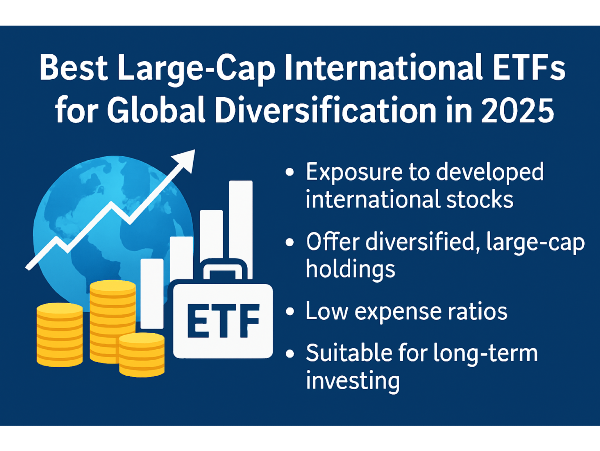


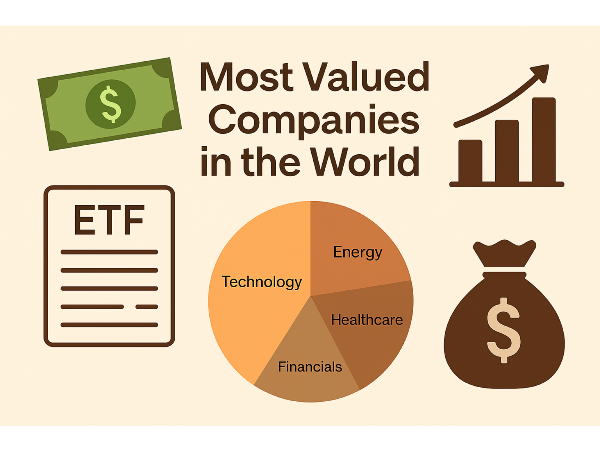
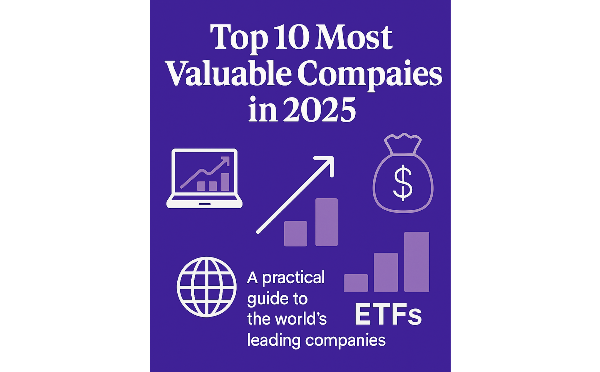

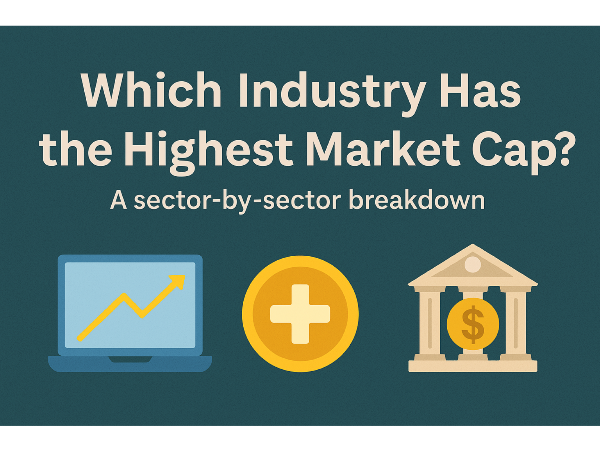
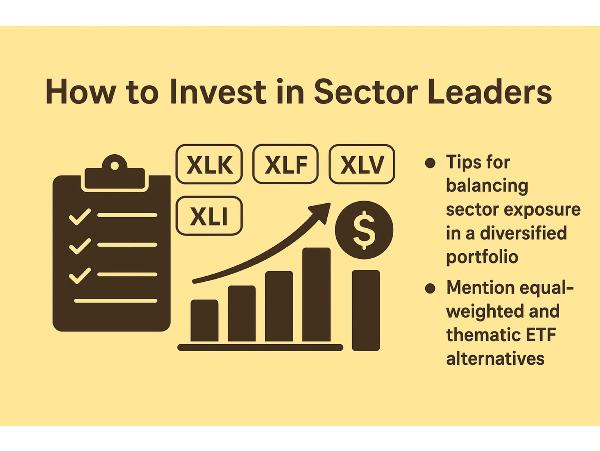

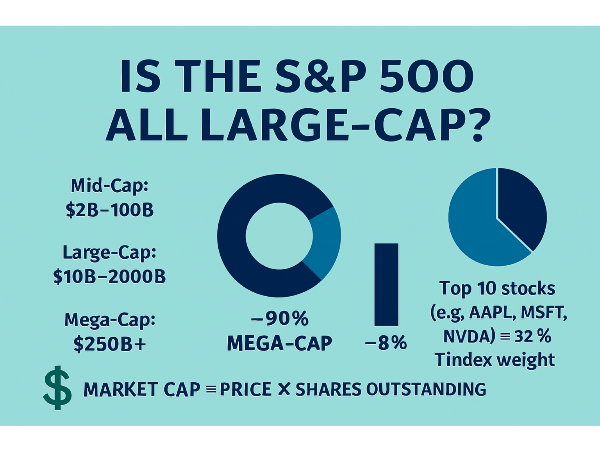
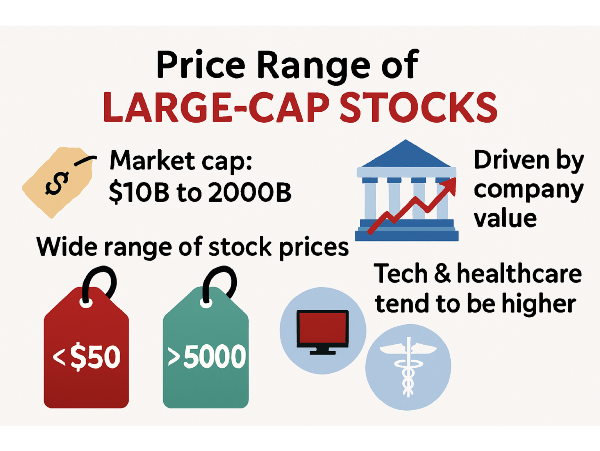
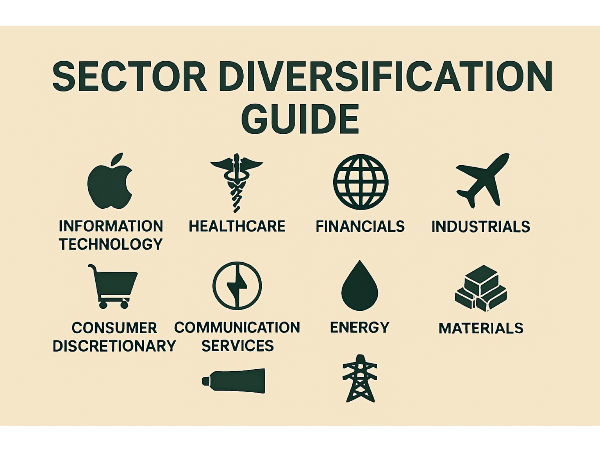
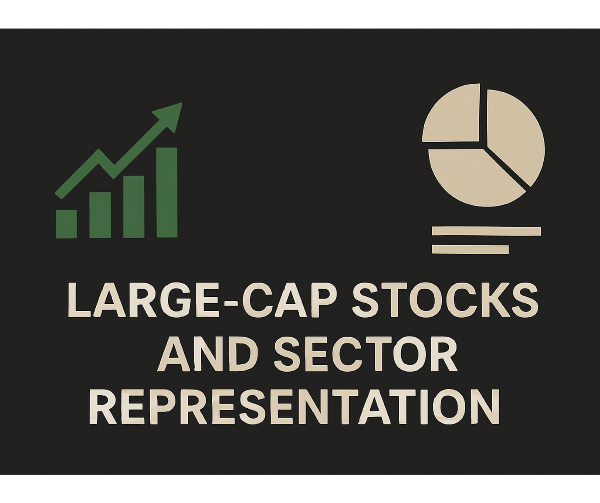
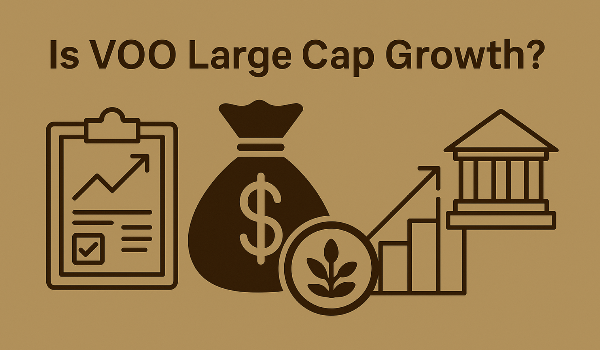
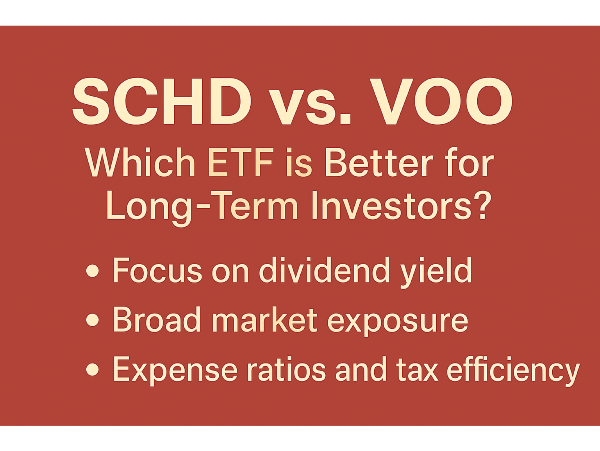















A practical guide to understanding and investing in large-cap international ETFs—why they matter, how they work, and how to keep it simple.
Large-Cap International ETFs: The Easiest Way to Own the World
Large-cap international ETFs are a simple way to invest in the world’s biggest companies outside the U.S.—without picking individual stocks or tracking foreign markets. These funds hold global giants like Nestlé, Toyota, and ASML, giving you exposure to developed economies across Europe, Asia, and beyond. Why does that matter? Because no single country leads forever. Adding international ETFs to your portfolio helps reduce home bias, smooth out volatility, and tap into growth that doesn’t depend on the U.S. economy alone. Funds like VXUS, VEA, and IEFA offer broad, low-cost access to thousands of companies, making them ideal for long-term investors who want global diversification without the complexity.
Why Large-Cap International ETFs Still Belong in Your Portfolio in 2025
Large-cap international ETFs offer a way to balance the scales by giving investors access to global leaders like Nestlé, Toyota TM, and ASML ASML. These companies operate across continents and sectors, providing exposure to economies that don’t always move in sync with the U.S.
Adding international ETFs like VXUS or IEFA can help reduce reliance on a single market and open the door to long-term global growth. In Capital Ideas by Capital Group, portfolio strategist Noriko Chen explains how Europe’s GRANOLAS—global leaders like Novo Nordisk NVO and L’Oréal—offer stability and pricing power. At 05:33 ⏱️, she notes, “These companies are built for resilience. They’re not chasing hype—they’re delivering results.”
Meanwhile, The Long View dives into the behavioral side of investing. At 08:12 ⏱️, the host reminds us, “Home bias is comforting, but it’s not always smart. Global diversification is how you stay in the game when the rules change.”
Sources:
Baillie Gifford – US vs International Debate
Morningstar – Best International Stock Funds
Accounting Insights – Understanding Home Bias
The Motley Fool – Top International ETFs
U.S. News – Best Foreign Large Blend ETFs
Top Large-Cap International ETFs to Know in 2025
If you want to invest globally without the hassle of picking individual stocks, large-cap international ETFs are your best friend. These funds hold hundreds—sometimes thousands—of companies based outside the U.S., giving you instant exposure to developed markets across Europe, Asia, and beyond.
Vanguard’s VXUS is a standout, offering total international exposure (developed and emerging markets) with over 8,000 holdings and a rock-bottom 0.07% expense ratio. VEA, another Vanguard fund, focuses strictly on developed markets like Japan, the UK, and Germany, excluding emerging economies for a more stable ride.
iShares Core MSCI EAFE ETF (IEFA) is another favorite, tracking large- and mid-cap stocks in Europe, Australasia, and the Far East. It’s cheaper and more diversified than its older sibling, EFA, which tracks the same index but with a higher expense ratio. Schwab’s SCHF is also worth a look—it offers broad developed-market exposure with a 0.06% expense ratio and a dividend yield near 2.8%.
In ETF Prime, host Nate Geraci explains at 09:03 ⏱️, “Investors are leaning into international ETFs not just for diversification, but for valuation. Many of these markets are cheaper than the U.S.” Meanwhile, The Long View dives into fund construction. At 07:58 ⏱️, the guest notes, “Cap-weighted funds reflect market reality, but equal-weighted options can give smaller players a chance to shine.”
Sources:
ETF Database – Foreign Large Cap Equities
Morningstar – Best International Stock Funds
FinanceCharts – SCHF vs. VEA Comparison
Forbes – VEU vs. VXUS Breakdown
Mutual Fund Nation – Vanguard International ETF Guide
How to Choose the Right Large-Cap International ETF Without Overthinking It
Start with how the fund is weighted. Cap-weighted ETFs give more influence to the biggest companies—think Nestlé or Toyota—while equal-weighted ETFs spread your investment evenly across all holdings. Cap-weighted funds tend to mirror the market’s natural structure, but equal-weighted funds can shine when smaller players outperform.
As U.S. News explains, “Equal-weighted funds give medium and smaller companies greater exposure,” which can help when markets broaden beyond the usual giants.
Next, consider the market type. Developed markets—like Japan, Germany, and the UK—offer stability, mature economies, and strong regulation. Emerging markets, such as India or Brazil, bring faster growth but higher volatility. Developed markets have “more advanced economies, better-developed infrastructure, and higher standards of living,” making them a solid foundation for long-term investors.
Finally, look at dividend yield, tax efficiency, and fund structure. ETFs are generally more tax-efficient than mutual funds due to their in-kind redemption process, which helps avoid capital gains distributions. Funds like SCHF and VEA offer competitive yields and low expense ratios, while also minimizing tax drag. If you’re investing in a taxable account, this matters.
Sources:
U.S. News – Equal vs. Cap-Weighted Funds
Investopedia – Market Weight vs. Equal Weight
BillionFire – Understanding SPX Weighting
Acorns – Developed vs. Emerging Markets
FasterCapital – Tax Efficiency in ETFs
The Real Risks of International ETFs—and Why You Should Still Own Them
Currency risk is real—when the dollar strengthens, your foreign holdings can lose value even if the companies perform well. Political risk adds another layer: regulatory shifts, trade tensions, or elections abroad can rattle markets in ways that don’t affect U.S. stocks. And yes, international ETFs have lagged U.S. benchmarks in recent years.
In The Rational Reminder, Ben Felix explains at 10:44 ⏱️, “Currency moves are noise in the short term—but over decades, they tend to cancel out.” Meanwhile, Money for the Rest of Us dives into investor behavior. At 07:19 ⏱️, host David Stein says, “The biggest risk isn’t volatility—it’s abandoning your plan when things get uncomfortable.” These insights remind us that the real danger isn’t market swings—it’s reacting to them.
Sources:
SmartAsset – What to Know About Automatic Rebalancing
MoneyWise – Automatic Rebalancing Explained
Accounting Insights – Portfolio Rebalancing Strategies
Cambridge Journal – Political Risk and Currency Momentum
WorldQuant – Short-Term Thinking Is a Long-Term Problem
Conclusion
Large-cap international ETFs give you a low-cost, low-stress way to invest beyond your borders—no passport required. They let you own slices of global powerhouses like Nestlé, Toyota, and ASML, wrapped in a simple, diversified bundle. Sure, there’s currency risk and the occasional headline drama, but when you're investing in hundreds of established companies across continents, those bumps tend to smooth out. The key isn't timing the right market—it's trusting the process. Pick a solid fund, automate your investing, and let the rest unfold while you go live your life. After all, owning the world doesn’t have to be complicated—it just has to be consistent.
Podcast Transcripts 🎧
1. Capital Ideas by Capital Group – Europe’s Global Leaders
This episode explores the GRANOLAS—Europe’s most resilient large-cap stocks like Novo Nordisk and L’Oréal.
“These companies are built for resilience. They’re not chasing hype—they’re delivering results.”
⏱️ 05:33 – Insight into how European firms maintain pricing power and global demand.
2. The Long View – Why Global Diversification Still Matters
A deep dive into the behavioral and strategic case for international investing.
“Home bias is comforting, but it’s not always smart. Global diversification is how you stay in the game when the rules change.”
⏱️ 08:12 – Discussion on reducing home bias and embracing global equity exposure.
3. ETF Prime – International ETFs and Global Valuation
Nate Geraci discusses why investors are turning to international ETFs for value and diversification.
“Investors are leaning into international ETFs not just for diversification, but for valuation.”
⏱️ 09:03 – Commentary on how global markets are priced more attractively than U.S. equities.
📌Read More About:
Top Large Cap Stocks- https://stockbossup.com/pages/topics/large-cap
What Are Large US Cap Stocks?- https://stockbossup.com/pages/post/39168/what-are-large-cap-stocks-a-complete-guide-to-big-companies-in-the-u-s-market
Top Companies by Market Cap in 2025: Who’s Leading and Why It Matters- https://stockbossup.com/pages/post/39259/top-companies-by-market-cap-in-2025-who-s-leading-and-why-it-matters
International Large Cap Stocks: How to Invest Globally- https://stockbossup.com/pages/post/39262/international-large-cap-stocks-how-to-invest-globally
What is the Best Large Cap Value ETF?- https://stockbossup.com/pages/post/38636/what-is-the-best-large-cap-value-etf
International Large Cap Value ETF- https://stockbossup.com/pages/post/39162/international-large-cap-value-et-fs-maximizing-global-investment-potential
Are Large Cap ETFs a Good Investment?- https://stockbossup.com/pages/post/38749/are-large-cap-et-fs-a-good-investment